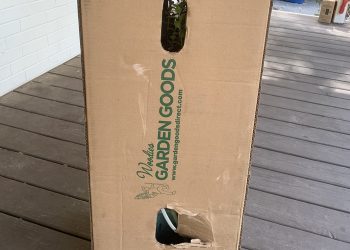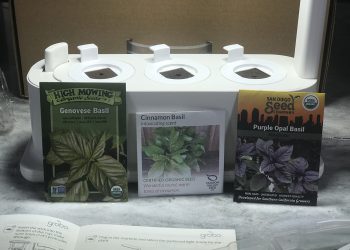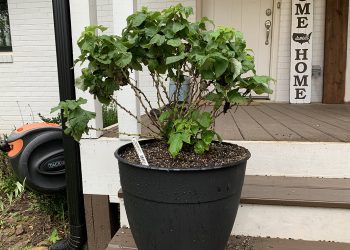Everyone will tell you that you can’t grow a garden without a shovel of some kind. You might need a trellis for a few things. Most people will even tell you that you need to have soil amendments. But, I think the number one tool for any successful garden is the garden planner.
A good garden planner will give you the ability to track frost dates, seed planting days, and germination times. You can use your planner to track when you plant perennials for the first time as well as the varieties you have planted. In your planner, you can keep track of when and how much you fertilize your plants as well as their response to the nutrients. The things you can keep in a planner are endless and so personal. I have lists of dream plants, unique varieties, and seed companies that I want to use.
Until this point, I have always used a pretty day planner that I would pick up at a big box store and I would just make notes all over the pages to help keep the important stuff somewhat organized. But, I found a better solution!
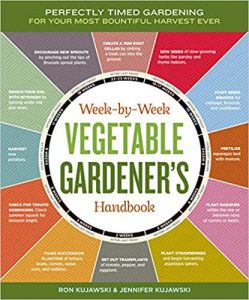 Week-by-Week Vegetable Gardener’s Handbook
Week-by-Week Vegetable Gardener’s Handbook
This spiral-bound book takes the gardener on a week-by-week journey through the growing year.
The getting started section takes into consideration things like location, dry soil, and sun exposure. It also explores getting more crops in a certain amount of space and the importance of planning well.
The next section moves through the planting process. Hole size, the need for organic matters, and cover crops are a few of the topics highlighted for the veggie grower.
Those first two sections are filled with so much content that the book would be worth the money if it all ended there! But then the best thing happens! A week-by-week, based on your specific frost date, list of things that you should be doing. They start out each timeframe with an overview of 4-5 weeks. For example, the Late Winter section covers 20-15 weeks 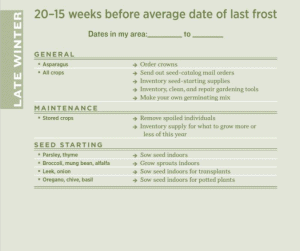 before the average date of the last frost. Based on your last frost date, you count backwards (or type it into Google and let him deal with the math) and fill in your specific dates. Then, for that timeframe, the book gives you some tasks that you should be considering.
before the average date of the last frost. Based on your last frost date, you count backwards (or type it into Google and let him deal with the math) and fill in your specific dates. Then, for that timeframe, the book gives you some tasks that you should be considering.
The rest of the Late Winter section goes week-by-week through what you should be doing in weeks 20-19, 18-17, and so forth. On the 4 or so pages for each week, there are tasks to do, lists of supplies needed, tips and tricks to keep you succeeding and so much more!
The book continues throughout the seasons of Early Spring, Mid Spring, Late Spring, After Last Frost, Early – Mid – Late Summer, then continues into Fall in the same way.
As if that was not enough, after the week-by-week portion of the book there is a list of average last frost dates, a page for notes, and an index to the topics of the book to make it easy to find what you are looking for.
My only complaint about this book is there is no day-by-day calendar included. I use that feature of my day planner so much to make an easy glance and see what date I did something. But, that is just a minor thing compared to all of the great content of this book.
I would highly recommend this book to anyone wanting a step-by-step guide through the growing process and year.
I was not paid or compensated in any way for this review. I purchased this item and have given my opinion after using it myself on my personal farm.


